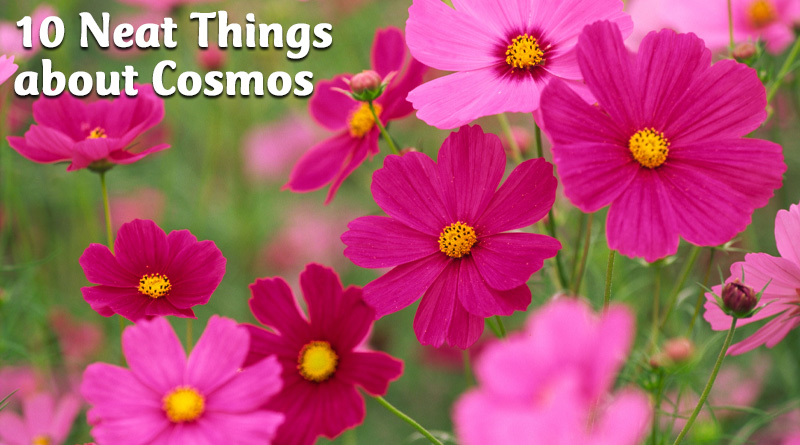About Cosmos

1. King’s salad.
When we think of cosmos, we think of the pretty delicate flowers once so common in the gardens of our grandparents. Not so in Malaysia and some other Southeast Asian countries. They think of food. Cosmos caudatus, known there as ulam raja, or King’s salad, is a two-metre tall plant with soft, pungent leaves that form a popular vegetable eaten both raw and cooked. They taste like mango. At night, the leaves fold up as the plant goes to sleep.
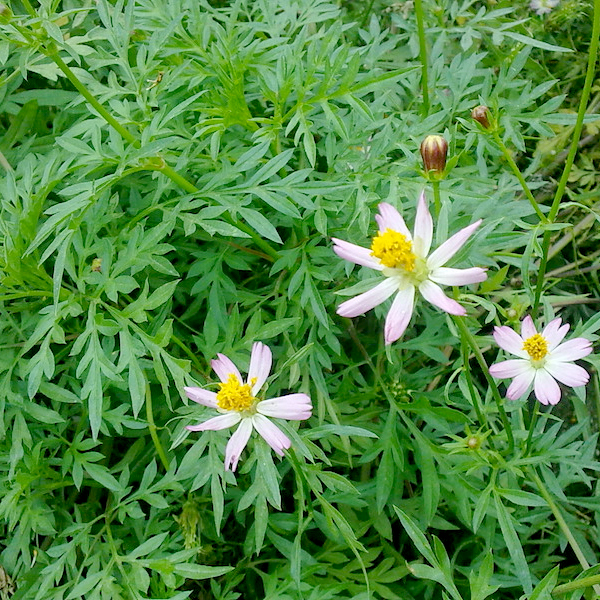
2. Better bones.
Studies are underway to confirm the positive effect Cosmos caudatus has on the formation of human bones in post-menopausal women. While this plant has long been known to have anti-fungal and antioxidant properties, its ability to stimulate bone formation is exciting scientists.

3. Garden queen.
Other varieties are better known for their beauty. Cosmos bipinnatus is the most common and the one that comes in the familiar pink, rose, red and white. They can range in height from 12 inches to 47 inches, with a few varieties as tall as 6 feet.
4. Twice divided.
The word “bipinnatus” refers to the feathery foliage that is twice divided.
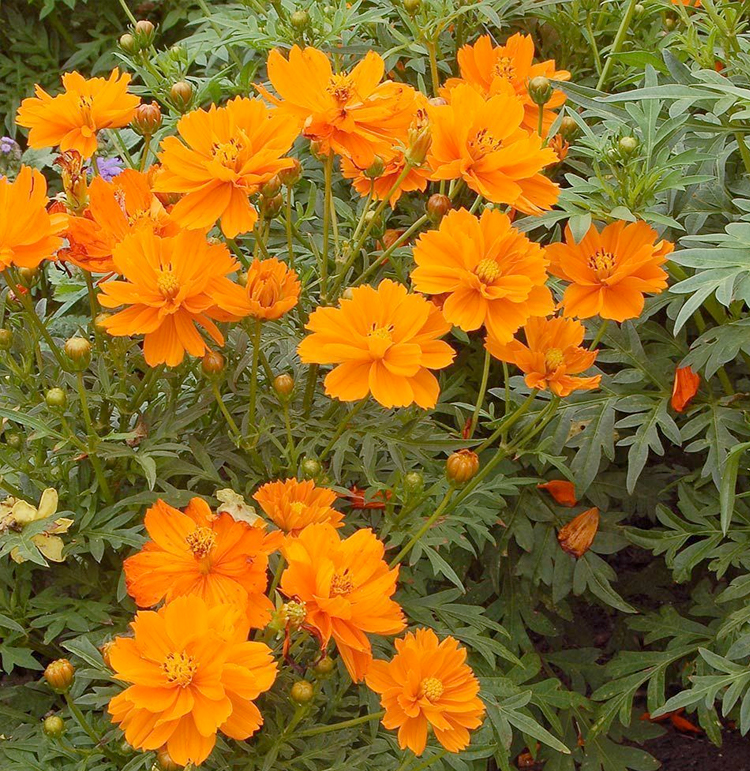
5. The sulphur cosmos.
This cosmos, Cosmos sulphureus, comes in yellow, gold and orange-scarlet. It is not as likely to self-sow in northern gardens as it is considered half hardy, but even so, it was declared an invasive species in the United States in 1996. ‘Polidor’ is bright orange and grows 35 inches tall.
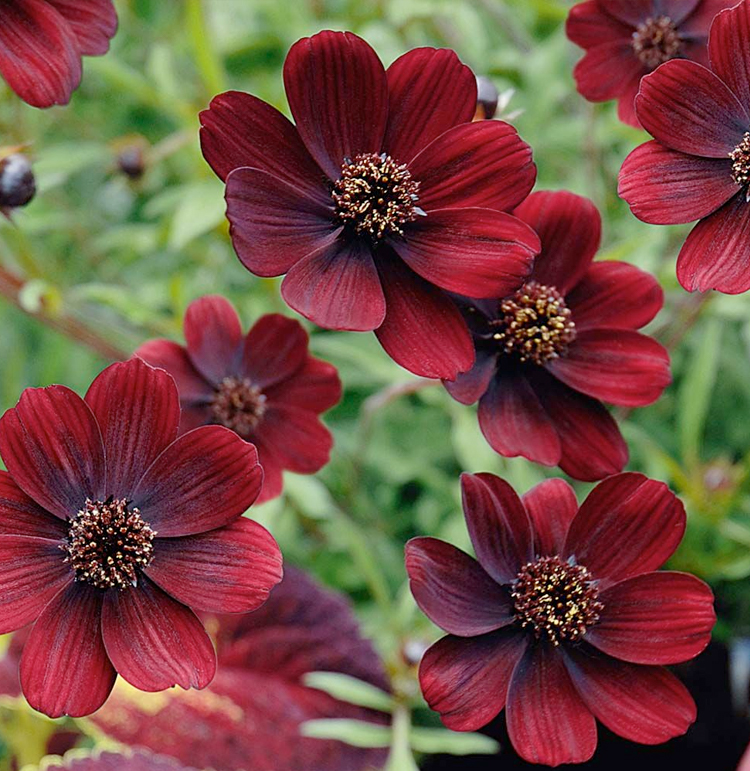
6. Chocolate cosmos.
The rarest cosmos, Cosmos atrosanguineus, smells a bit like vanilla which people relate to chocolate. Not only that, but its petals are a rich mahogany, almost chocolate-red-brown. This cosmos has been extinct in its native habitat for the past century. It is kept alive through tissue propagation. It has a fleshy root and grows 16 to 21 inches tall.

7. Mexican aster.
Although cosmos are found all around the world now, they originated in Mexico and part of the southwest United States and Central America. They are also known as Mexican asters.
8. Likes it rough.
Don’t be too kind to cosmos. They flower best in un-rich soil without too much water or fertilizer. Sow them ¼ inch deep, 12 to 18 inches apart, and expect flowers in 7 weeks. Dead head to keep them blooming. Left to themselves, they bloom in spring and then again in fall.
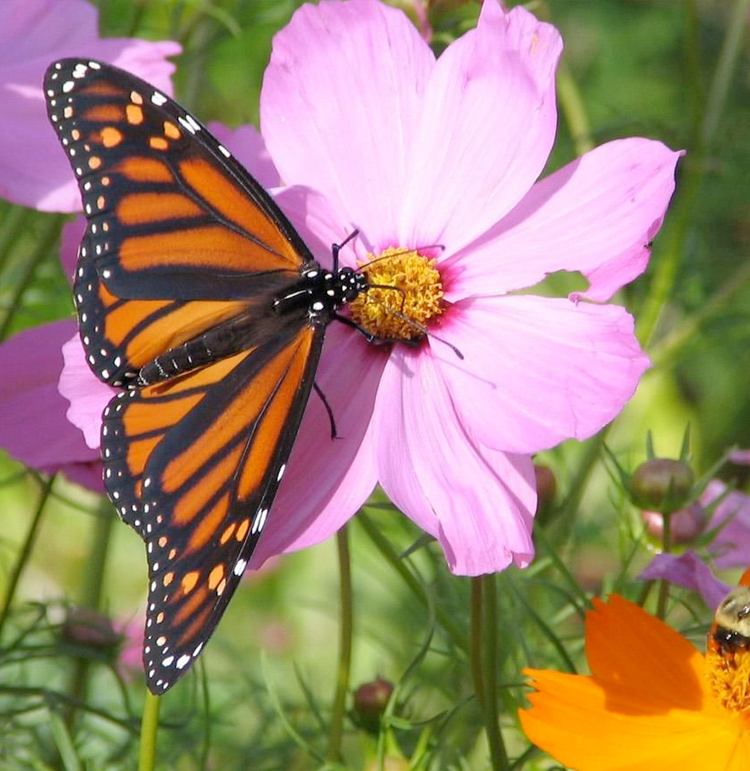
9. Butterfly magnet.
Cosmos are very attractive to butterflies and birds. Cut them just as they open and they will stay fresh in a vase for up to a week.
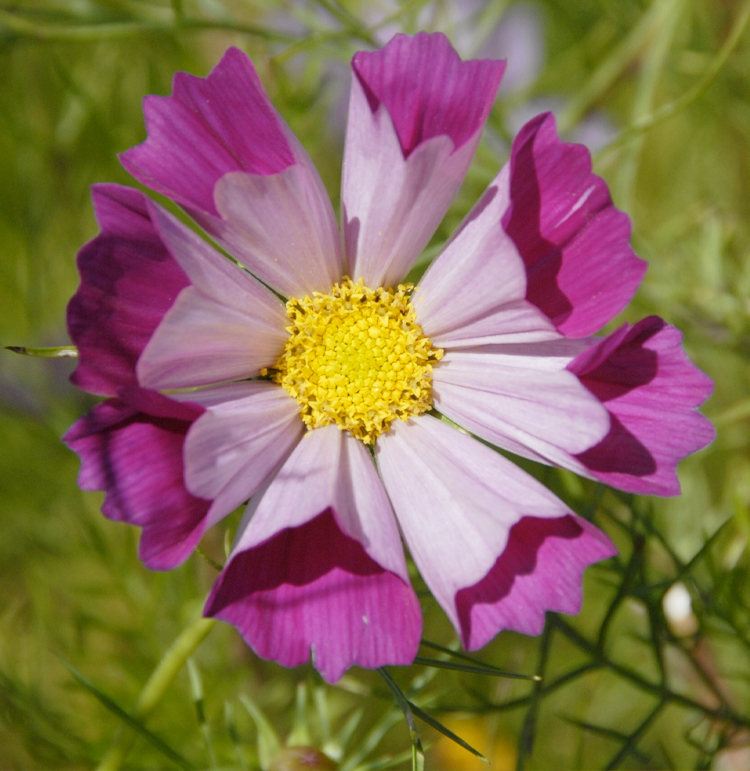
10. All the beauties.
In floriography, cosmos stands for ornamental and orderly. Cosmos also mean beauty. Look for picotee, with a crimson border; ‘Sweet Sixteen’ is a good example. It grows 35 inches tall. ‘Seashell’ cosmos have tubular-shaped petals. ‘Double Click Rose Bonbon’ is an excellent example, rising again as high as 35 inches. ‘Xanthos’ (means yellow in Greek) is a lovely pale yellow C. bipinnatus that is early flowering. It is 24 inches tall.
– Dorothy Dobbie Copyright©
Pegasus Publications Inc.

